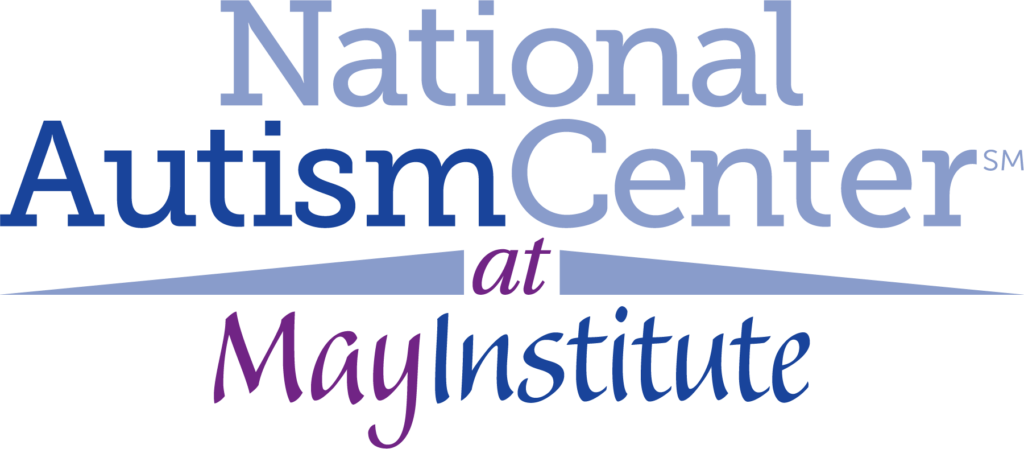Recent posts
Drastic Numbers Underscore Need for More Autism Services
A new estimate released from the Centers for Disease Control and Prevention says that one in 50 U.S. schoolchildren has autism. While prevalence rates continue to be debated and the cause(s) for the increases remain elusive, we must not lose sight of the critical realities this upward trend emphatically underscores.
The sheer volume these data represent – at least one million U.S. children have autism, not to mention the rapidly growing number of adults with autism – is staggering. What this survey makes clear is that an even greater percentage of the population needs immediate, effective treatment and related services today – not six months, a year, or five years from now.
It has never been more critical to get credible information about effective, evidence-based treatment options into the hands of families, enabling them to make time-sensitive and well informed treatment decisions.
With the overwhelming empirical evidence now available to us about effective treatments, it is time to move more boldly from research into practice. Time to expand capacity in schools, clinics, family homes, and communities.
The new data should serve as a further catalyst for removing barriers that inhibit capacity-building and immediate access to specialized services.
Delays in diagnosis – be they the result of lack of capacity, resources, or education – are all too common. There are still too many children on wait lists at diagnostic clinics and/or seeking access to appropriate treatment. Early diagnosis (as early as 18 months) can and should lead to early and intensive intervention, which we know is vital to a child’s long-term success.
In many parts of the country, a shortage of highly trained professionals continues to impact our ability to build capacity. We must make it a priority to invest in the next generation of health and education professionals. At a minimum, these individuals must possess specialized skills, knowledge, experience, and (in many states) the necessary licensing.
To be truly effective, we must also have an understanding of issues related to the values and preferences of families, and the cultural variables that can be present. As providers, we must have the ability to incorporate these values and preferences, and cultural norms, into treatment. Families with limited English proficiency run into additional hurdles: a) limited access to or understanding of information that would alert them to early warning signs for ASD; b) lack of providers that offer language-appropriate diagnosis and services; c) inability to participate fully in treatment decisions and strategies; and d) challenges in navigating the insurance process.
Socio-economic status and geography can also significantly impact outcomes. Data show that families at a lower socio-economic status experience greater difficulty accessing services, and often receive services at a later age. And in rural communities, hundreds of miles can separate families from autism services and resources.
Finally, there are challenges related to funding and insurance. The good news is there are now 31 states with autism insurance reform laws – a huge win for families across the country. But, even with the enactment of these laws, there are age restrictions and spending caps. Additionally, families with self-funded insurance plans may not be able to access coverage, as these plans are regulated by federal and not state law.
For all these reasons, we cannot afford to become complacent. Communication with state lawmakers, insurers, and the regulatory community must remain strong, productive, and proactive. As providers we often have the opportunity to participate actively in the state, regional, and national dialogue focused on increasing services and resources for individuals with autism and other related disabilities. We urge you to leverage your own experiences and do what you can to support the voices and needs of so many families.
Lost time translates to compromised futures for the Commonwealth’s children, adolescents, and adults with autism; a legacy that no generation wants to have on its watch. Let us all – educators, legislators, service providers, and caregivers – redouble our resolve to take the necessary actions that will eliminate obstacles to long-term success for individuals on the autism spectrum.

